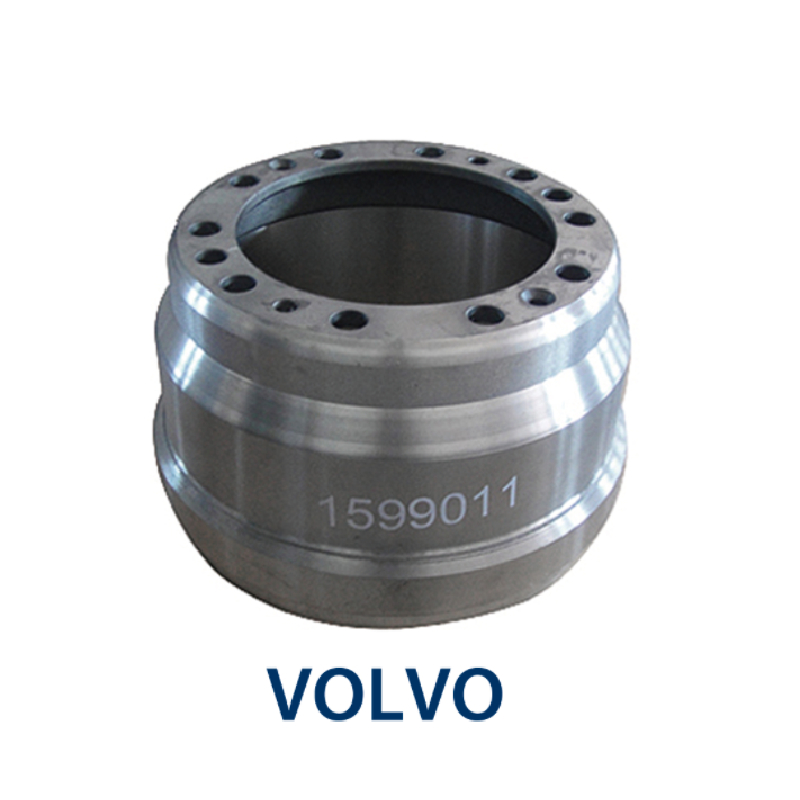Dec . 24, 2024 19:43 Back to list
brake drum resurfacing
Brake Drum Resurfacing Understanding the Process and Importance
Brake systems are critical components of vehicle safety, ensuring that drivers can stop effectively and reliably. Among the various parts of a brake system, the brake drum plays a crucial role, especially in vehicles equipped with drum brakes. Over time, brake drums can become worn or damaged due to constant friction and heat generated during braking. This is where brake drum resurfacing comes into play, a process that restores the drum to its original specifications, ensuring optimal performance and safety.
What is Brake Drum Resurfacing?
Brake drum resurfacing is the process of machining the inner surface of a brake drum to restore a smooth, even finish. This process is necessary when the brake drum shows signs of wear, including grooves, scoring, or discoloration due to overheating. Resurfacing is typically performed when the brake shoes are replaced, or when there is noticeable deterioration in braking performance.
Why Resurface Brake Drums?
The primary purpose of resurfacing brake drums is to ensure proper contact between the brake shoes and the drum surface. A smooth surface is vital for effective braking performance. Uneven or damaged drum surfaces can lead to several problems, including
1. Reduced Friction Poor contact surfaces can decrease the braking force, leading to longer stopping distances and increasing the risk of accidents.
2. Vibration and Noise Worn or uneven brake drums can cause vibrations when braking, which can be not only annoying but also indicative of more serious issues.
brake drum resurfacing

4. Heat Dissipation Issues A poorly maintained drum may struggle to dissipate heat effectively, increasing the risk of brake fade during continuous use, especially in heavy traffic or mountainous regions.
The Resurfacing Process
Brake drum resurfacing typically involves the following steps
1. Inspection A thorough inspection of the brake drums is conducted to determine if they can be resurfaced. This includes checking for cracks, excessive wear (beyond the manufacturer's specifications), and other signs of damage.
2. Machining If the drums are deemed suitable for resurfacing, they are placed on a lathe machine where a cutting tool removes a small layer from the surface. This process creates a smooth, even finish that restores the drum's ability to work effectively with the brake shoes.
3. Final Inspection After machining, the drums are inspected again to ensure they meet the required thickness and specifications. If they are within acceptable limits, they can be reinstalled.
4. Reinstallation The resurfaced brake drums are installed along with new brake shoes, ensuring that the entire braking system operates at optimal efficiency.
Conclusion
Brake drum resurfacing is an essential maintenance procedure that should not be overlooked by vehicle owners. It helps maintain the integrity of the braking system, providing a safer driving experience. Regular inspection and maintenance of brake components, including the resurfacing of brake drums when necessary, can significantly enhance vehicle safety and performance while extending the lifespan of the braking system. Investing in such maintenance not only ensures that drivers can stop safely but also contributes to the overall health and reliability of the vehicle. Whether you're a vehicle owner or a mechanic, understanding the importance of brake drum resurfacing can lead to smarter maintenance choices that prioritize safety and performance.
-
Volvo Brake Drum: OEM Quality, Optimal Safety
NewsAug.27,2025
-
Durable Brake Drum MAZ for Heavy Duty Trucks | High Performance
NewsAug.26,2025
-
FUWA: Premium Quality, Reliable Performance & Innovative Solutions
NewsAug.25,2025
-
Liza Brake Drum: Superior Quality & Performance for Safe Driving
NewsAug.24,2025
-
Iveco Brake Drum | Premium OE Quality for Daily & Eurocargo
NewsAug.22,2025
-
Your Brake Drum Man: Quality & Performance Parts
NewsAug.21,2025
